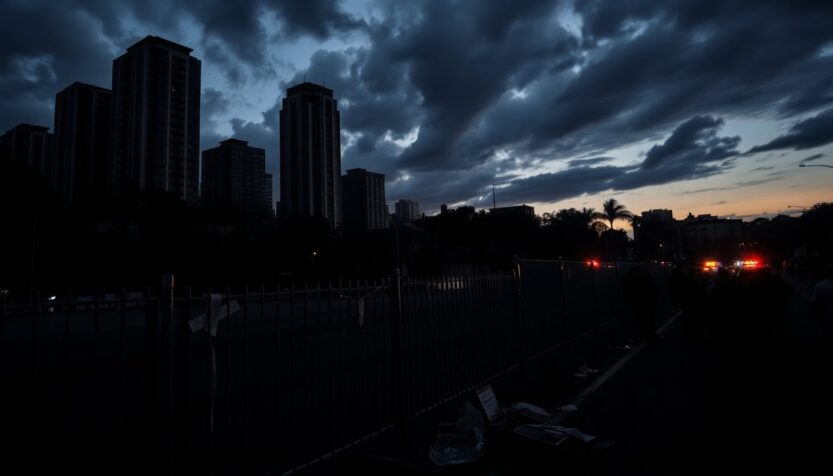In recent months, there has been a concerning rise in political violence across the United States. Following the tragic assassination of a Democratic lawmaker in Minnesota in June, Robert Pape, an expert on political violence, cautioned that the country may be entering a perilous era. In a New York Times op-ed, he remarked that the killing of Charlie Kirk, a prominent right-wing activist, was “tragic but predictable.” This situation warrants careful examination.
The dire warnings from experts
Pape, who leads the Chicago Project on Security & Threats, has been sounding alarms about the dangerous climate in the U.S. for years. He stated, “We are on a dark road as a country,” a sentiment that resonates with many observers. Kirk, only 31, was shot in the neck while speaking at Utah Valley University during a discussion on gun violence—an alarming coincidence.
Kirk’s death profoundly affected his community and drew attention to the political landscape, reaching the Oval Office where former President Trump expressed his sorrow, describing Kirk as a “martyr for truth and freedom.” This incident raises questions about the current state of American democracy.
Moreover, Kirk was not the only victim in this climate of violence. Other political figures, including Melissa Hortman, the Speaker of the Minnesota House, and her husband, have also faced attacks. These incidents reveal a troubling pattern of hostility directed at politicians.
A culture of hostility
Political historian Matt Dallek noted that the current wave of violence is linked to the broader political and cultural environment of the past decade. He asserts, “The United States has been experiencing a period of political violence unlike anything we’ve seen since the 1960s and early ’70s.” This observation underscores the seriousness of the situation.
The political discourse has escalated, often portraying opponents as the “enemy from within.” Such rhetoric can create a dangerous atmosphere where violence appears almost inevitable. The aftermath of Kirk’s assassination saw leaders from both parties condemn the act. While Trump and other GOP officials remembered Kirk fondly, former Presidents Obama and Biden emphasized that violence has no place in political discourse. However, reconciling these statements with the escalating hostility in public discussions raises critical questions.
Facing the future
Pape warns that without serious intervention, this trend could worsen. He cautions, “It will not fade away on its own.” This raises important questions: What actions can society take to address this growing violence? How can we cultivate a culture of respectful disagreement rather than hostility?
It is essential to engage in these discussions, even amidst disagreement. California Governor Gavin Newsom articulated this point well: “Honest disagreement makes us stronger; violence only drives us further apart.” This perspective is one that many can support.
As we consider the future, the question remains: Are we moving toward a more violent political climate, or can we reverse this trend? Your thoughts on this critical issue are welcome. Let’s continue this dialogue.






